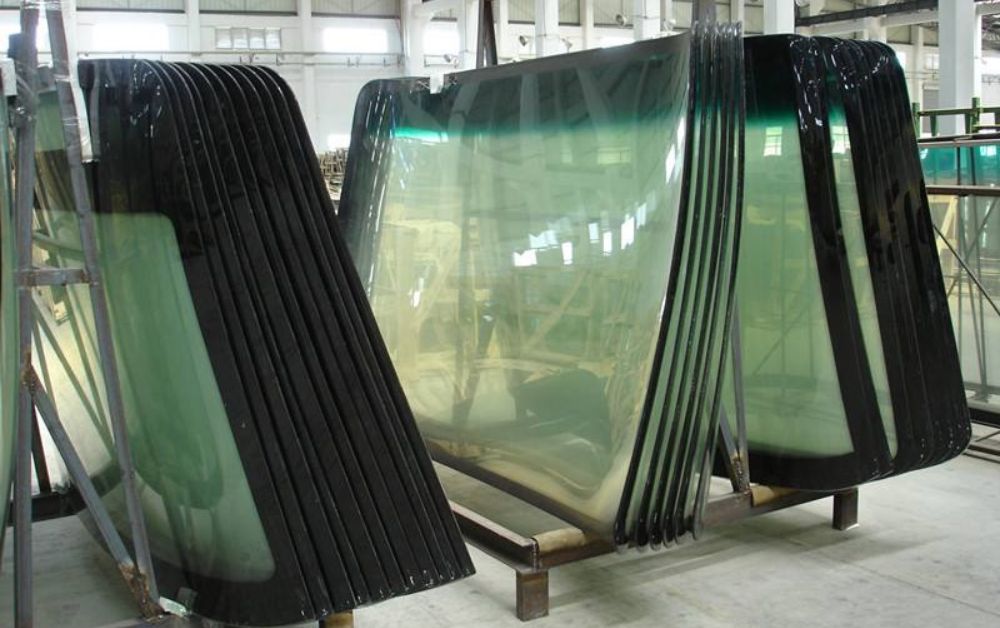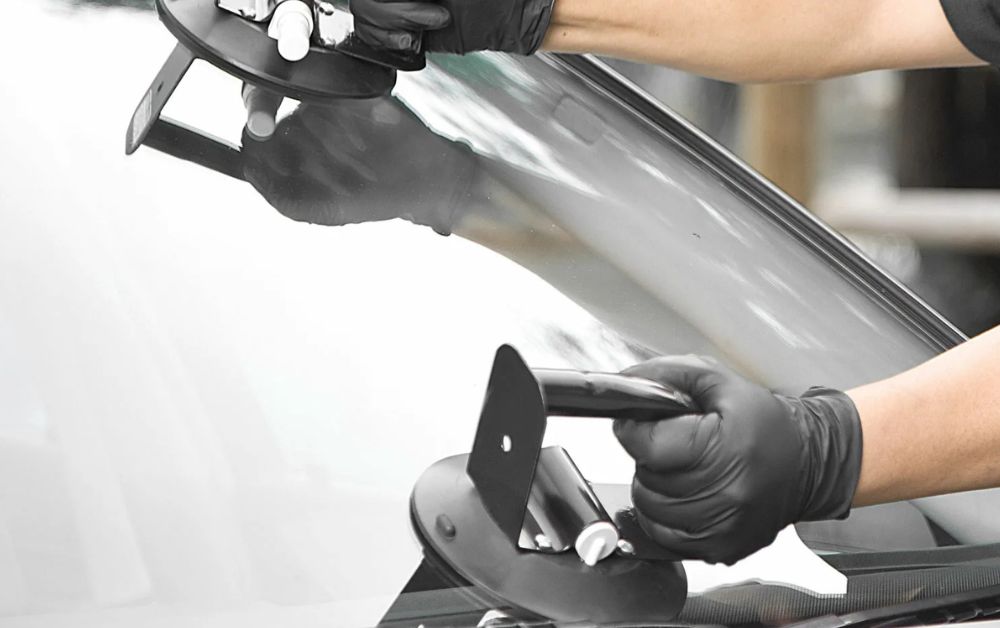In an era where public transport is an everyday requirement for millions of people, ensuring the safety of those who operate these systems is more critical than ever. Of the many threats facing public transport workers, bus drivers who travel through high-risk areas are among the most vulnerable. These threats demand top-tier protection, whether due to civil unrest, high crime rates, or targeted attacks. One of the most effective solutions on the market today is the implementation of bulletproof glass enclosures for buses. This blog explores how these enclosures are revolutionizing driver safety, the technology behind them, and the importance of services such as bus glass replacement AbuDhabi in maintaining these critical systems.

Why Bus Drivers Need Protection in High-Threat Environments
Bus drivers are typically on the front lines in urban and conflict environments. Whether transporting commuters in densely populated cities or traveling through neighborhoods with high crime rates, they are subject to numerous threats beyond road accidents or mechanical failure. Assault, robbery, and even premeditated shootings are real dangers in some parts of the world. For the transit authorities, ensuring drivers’ safety isn’t just an issue of duty of care—it’s an issue of ensuring continuous public transportation services and public confidence.
Among the best ways of protecting bus drivers in areas of increased risk is installing bullet-resistant glass partitions enclosing the driver’s section. These partitions act as a screen, creating a secure compartment significantly reducing the risk of serious injury or fatality during an attack.
What is Bullet-Resistant Glass?
Bullet-resistant glass, often wrongly referred to as “bulletproof,” is a multi-ply composite designed to withstand ballistic impact. Unlike ordinary glass, which shatters upon impact, bullet-resistant glass comprises layers of laminated glass and polycarbonate, which absorb and deflect the energy of a projectile or bullet.
There are several levels of bullet resistance, which are tested based on standards such as UL 752 or EN 1063. These levels determine the caliber and number of bullets the glass can resist. Level 1 or Level 2 resistance may be sufficient for buses traveling in moderately high-risk zones, while extremely volatile areas may require Level 3 or higher protection.
Components of a Bullet-Resistant Glass Enclosure for Buses
The enclosure protecting a bus driver typically includes:
- Front and side bulletproof glass panels
- Metal enclosure framing with reinforcement
- Secure locking system for entry/exit
- Integration with communication systems and emergency alerts
All these elements are integrated to create a cocoon-style enclosure that protects the driver while allowing complete visibility and control of bus functions.
Benefits of Installing Bullet-Resistant Enclosures
1.Enhanced Driver Safety
The most obvious benefit is the physical protection afforded to drivers. Even if an assailant fires into the driver’s compartment, the glass enclosure can prevent penetration, giving time for security or police to respond.
2.Psychological Assurance
Knowing they operate in a secure environment boosts driver morale and reduces stress. This psychological assurance translates into better performance and reduced absenteeism.
3.Operational Continuity
Guarded drivers are likelier to continue their journeys even through dangerous zones, ensuring nonstop transport services.
4.Deterrent Effect
A visible protective shield can deter potential attackers who know their efforts can be futile or draw undue attention.
Real-World Applications
Cities across the globe have started embracing bullet-resistant products in public transit. In South America and the Middle East, for example, where public workers are often targeted, buses are increasingly equipped with these enclosures. The transit agencies have witnessed significant decreases in driver injuries and assaults since the installation of this technology.
In places like Abu Dhabi, where luxury and safety go hand in hand, maintenance and glass integrity are just as important as initial fitment. This is where bus glass replacement Abudhabi services step in. These professional services ensure that any compromised or broken glass is replaced in good time, without compromising the safety and operational status of the bus fleet.
Importance of Regular Maintenance and Replacement
A bulletproof enclosure is only as secure as its weakest point. Top-quality materials will degrade from UV exposure, temperature extremes, and minor impacts over time. Regular inspection and maintenance are required to ensure ongoing protection.
Transport authorities and private operators must partner with reliable service providers. Bus glass replacement has emerged as a critical service in locations like Abu Dhabi. Experienced technicians familiar with the special requirements of bullet-resistant systems can ensure replacements meet original safety standards.
Challenges and Considerations
Bullet-resistant glass enclosures offer excellent protection but also come with challenges:
- Cost: Bullet-resistant materials and their high-quality installation can be costly. Nevertheless, the investment is worth it if it can save lives.
- Weight: The materials make the vehicle heavier, which could impact fuel efficiency and performance.
- Visibility and Comfort: Improperly designed enclosures can limit the movement or visibility of the driver. Customized designs specific to the bus model are necessary to prevent these problems.

Conclusion
Bulletproof glass enclosures are not a luxury but a necessity in today’s unpredictable world. For bus drivers who travel through high-risk areas, these enclosures provide the protection needed to perform their jobs safely and with assurance. As cities around the globe upgrade their public transportation security systems, applying such protective technologies will be more prevalent.
In locations like Abu Dhabi, where standards are high and safety is paramount, timely maintenance through trusted services like bus glass replacement in Abu Dhabi is imperative. By investing in such protective infrastructure, we are keeping our frontline workers safe and strengthening the backbone of our urban mobility systems.
Safety, after all, is the foundation of progress, and keeping our public transport operators safe is a step in the right direction.
